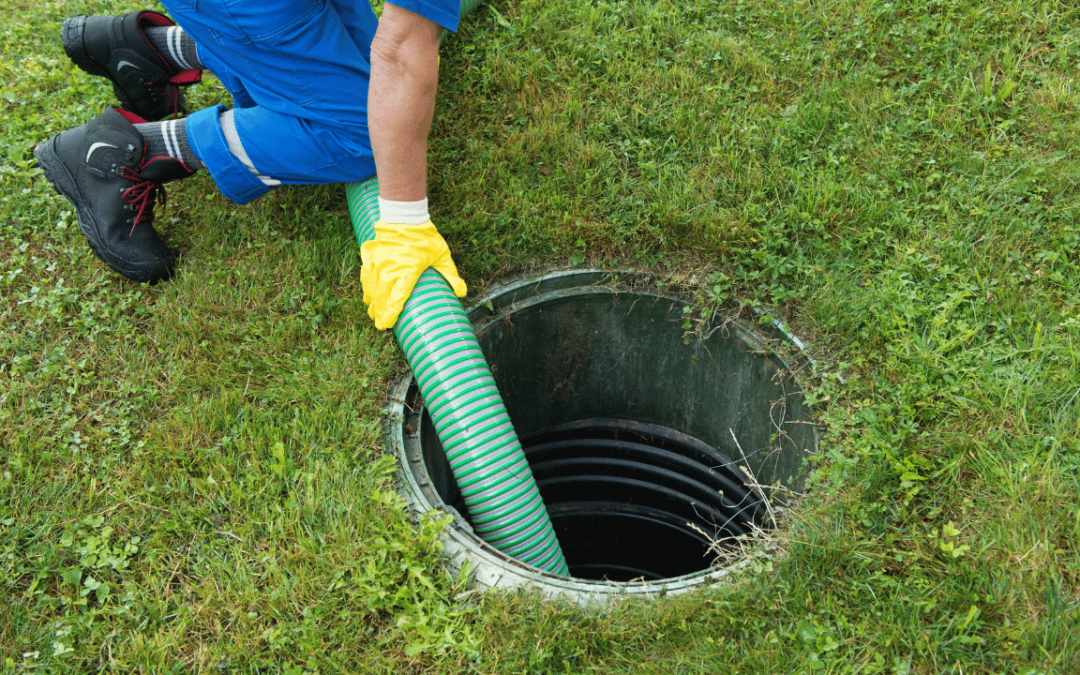When it comes to maintaining the infrastructure of a city or town, sewer and storm drain cleaning may not be the most glamorous task. However, it is a crucial aspect that should be given top priority. Ignoring the regular cleaning and maintenance of these systems can lead to a host of hidden dangers that can have severe consequences for both the environment and public health. In this blog post, we will uncover the hidden dangers associated with neglecting sewer and storm drain cleaning, emphasizing the importance of making it a top priority.
Preventing Flooding and Property Damage
One of the primary reasons why sewer and storm drain cleaning should be a top priority is to prevent flooding and property damage. Over time, debris, sediment, and other pollutants can accumulate in these drains, leading to blockages. These blockages can disrupt the flow of water during heavy rainfall, causing water to back up and flood the streets, basements, and even homes and businesses. The resulting water damage can be extensive and costly to repair.
By regularly cleaning and maintaining sewer and storm drains, these blockages can be identified and cleared before they lead to flooding and property damage. This proactive approach not only protects the infrastructure but also safeguards the community from the financial and emotional toll of dealing with such disasters.
Preserving Water Quality
Sewer and storm drains are not only responsible for carrying rainwater away from streets and buildings but also for channeling it into nearby bodies of water. When these drains are not properly cleaned, pollutants such as oil, chemicals, litter, and even hazardous materials can accumulate in the system. During rainfall, these pollutants are washed into rivers, lakes, and oceans, posing a significant threat to water quality and aquatic life.
Regular cleaning of sewer and storm drains is essential to prevent the buildup of these pollutants. By doing so, we can ensure that the water flowing into our natural water sources remains clean and safe for both humans and wildlife. Preserving water quality should be a top priority to protect the environment and maintain a sustainable ecosystem.
Mitigating Public Health Risks
Neglected sewer and storm drains can become breeding grounds for bacteria, viruses, and other harmful microorganisms. The stagnant water that accumulates in these drains provides an ideal habitat for these pathogens to thrive. When left unchecked, these microorganisms can pose serious health risks to the public.
By prioritizing sewer and storm drain cleaning, we can effectively mitigate these health risks. Regular cleaning removes the stagnant water and eliminates the breeding grounds for pathogens, reducing the chances of waterborne diseases and infections. Safeguarding public health should always be a top priority for any community.
Minimizing Environmental Impact
The environmental impact of neglecting sewer and storm drain cleaning cannot be overstated. As mentioned earlier, the pollutants that accumulate in these drains are eventually washed into our natural water sources. This can have detrimental effects on the ecosystem, including the destruction of aquatic habitats, the contamination of drinking water sources, and the harm caused to aquatic life.
By taking a proactive approach to clean and maintain these drains, we can minimize the environmental impact. Regular cleaning helps to prevent the buildup of pollutants and ensures that our water sources remain clean and healthy. It is our responsibility to protect and preserve the environment for future generations.
Conclusion
Sewer and storm drain cleaning may not be the most glamorous task, but it is undeniably a top priority. By understanding the hidden dangers associated with neglecting these systems, we can appreciate the importance of regular cleaning and maintenance. Preventing flooding, preserving water quality, mitigating public health risks, and minimizing environmental impact are all compelling reasons to prioritize sewer and storm drain cleaning. Let us not overlook these hidden dangers and work together to ensure the well-being of our communities and the environment.

